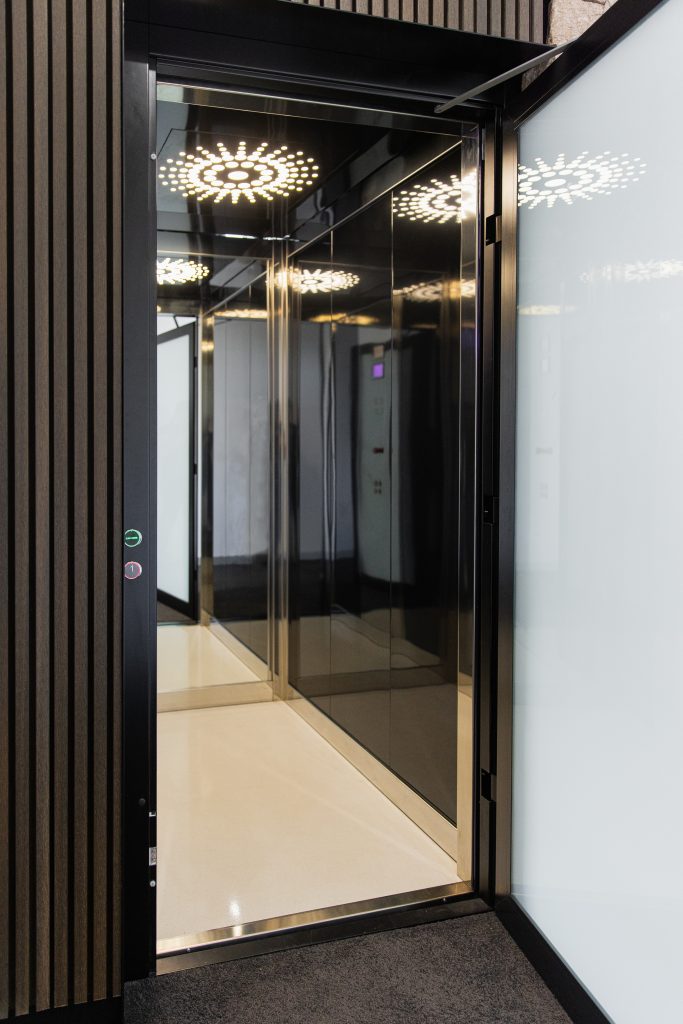We Maintain Lifts to the Highest Requirements: Reliable Service for All Lift Kind
We Maintain Lifts to the Highest Requirements: Reliable Service for All Lift Kind
Blog Article
Digging Into the Globe of Lifts: Typical Problems Faced by Various Lift Systems
As we navigate through the vertical transportation systems of contemporary structures, elevators stand out as a crucial element of our day-to-days live. Nonetheless, behind their seamless procedure exists a globe of complex systems that can sometimes encounter difficulties. From hydraulic elevators to grip systems and machine-room-less styles, each lift type comes with its set of typical problems. Understanding these challenges is vital for making sure the smooth functioning of these vital systems. Let's explore the intricacies that underlie the operation of lifts and the potential problems that can arise, clarifying the complex internet of lift systems.
Hydraulic Lifts
Hydraulic lifts, frequently chosen for low-rise buildings, use fluid pressure to manage the motion of the lift cars and truck (lift repair companies). This mechanism entails a hydraulic pump pushing oil into a cylinder, creating the elevator to move in the wanted instructions. While hydraulic elevators are recognized for their smooth and peaceful procedure, they do feature their own set of typical issues
One common trouble with hydraulic elevators is oil leak. Furthermore, problems with the control system, such as faulty shutoffs or a malfunctioning pump, can trigger interruptions in the lift's motion.
Regular upkeep and timely repair work are necessary to ensure the smooth functioning of hydraulic elevators. By attending to these common problems proactively, building owners can decrease downtime and make sure the safety and security and performance of their upright transport system.
Traction Lifts
When taking into consideration vertical transportation systems in buildings, another typical type other than hydraulic lifts is the grip lift. Grip elevators operate using a system of ropes and weights that relocate the lift auto by clutching onto the hoist ropes. This mechanism enables smoother and faster vertical transportation contrasted to hydraulic systems.
One of the typical problems encountered by grip lifts is rope wear. The continuous motion of the ropes within the traction system can cause tear and wear gradually, potentially causing the elevator to breakdown or become risky for usage. Routine inspections and maintenance of the ropes are necessary to ensure the lift's proper performance and safety and security.
An additional concern that traction lifts may come across is connected to the control system. Troubles with the control system can lead to concerns such as erratic activity, hold-ups in reaction times, or also total shutdowns. Regular testing and maintenance of the control system are critical to stop such problems and guarantee the elevator's reliability.
Machine-Room-Less (MRL) Elevators

Among the key parts of MRL lifts is the small gearless grip equipment that is set up within the hoistway. This maker efficiently drives the elevator automobile without the demand for cumbersome equipment located in standard traction lifts. Additionally, MRL elevators commonly use a counterweight system to stabilize the automobile, additional boosting their power performance.
Despite their benefits, MRL elevators may encounter difficulties associated with repair and maintenance due to the restricted space for equipment setup. Ease of access for servicing components within the shaft can be restricted, requiring specialized training for specialists. Correct maintenance routines and normal evaluations are important to make certain the continued smooth procedure of MRL lifts.
Overloading and Weight Limitation Issues
Are lifts outfitted to handle excess weight loads london lift company effectively and safely? Straining and lift repair near me weight restriction issues are critical concerns in lift procedures. Lift suppliers design raises with specific weight capacities to guarantee traveler security and equipment long life. Surpassing these weight limitations can bring about various problems, consisting of mechanical failures, delays, and safety and security threats.
When elevators are overwhelmed, it puts too much pressure on the motor, cords, and various other components, possibly causing malfunctions or malfunctions. Security mechanisms such as sensors and overload sensors remain in location to avoid elevators from moving if they discover excess weight. Additionally, going beyond weight restrictions can bring about increased energy usage and damage on the lift system.
To reduce straining concerns, developing supervisors need to plainly show weight restrictions in elevators and inform residents on the value of adhering to these limitations - lift repair companies. Routine upkeep checks by certified technicians can additionally help make sure that lifts are operating within risk-free weight criteria. By dealing with overloading and weight limit problems proactively, building proprietors can enhance elevator safety and security and performance
Electrical System Failures
Going beyond weight limits in elevators can not just lead to mechanical concerns but also potentially contribute to electrical system failings within the lift infrastructure. Electric system failures are a vital issue in elevator operation, as they can cause unforeseen shutdowns, malfunctions, or even safety dangers.
Normal maintenance and examinations are important to recognize and resolve possible electrical concerns quickly, guaranteeing the effective and secure operation of elevator systems. By adhering to weight limits and carrying out routine electrical system checks, building owners can reduce the danger of electric failures in lifts.
Conclusion

Hydraulic elevators, typically favored for low-rise buildings, use fluid pressure to manage the movement of the lift cars and truck.When taking into consideration vertical transportation systems in buildings, one more usual kind apart from hydraulic lifts is the traction lift. Traction elevators operate utilizing a system of ropes and counterweights that move the lift vehicle by grasping onto the hoist ropes. Unlike standard lifts that need a different london lift company equipment area to house the tools, MRL elevators incorporate many of the elements within the shaft, getting rid of the need for a committed maker room.In verdict, elevators encounter usual problems such as hydraulic malfunctions, grip system failings, and electric system issues.
Report this page